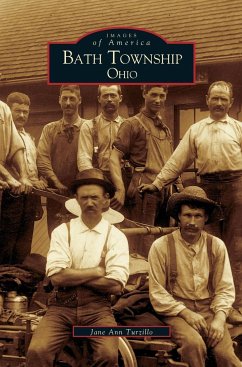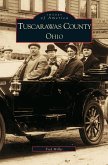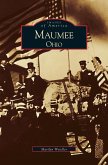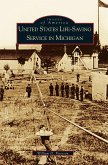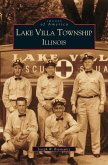Bath Township was sculpted from the Western Reserve after Native Americans ceded the land to the United States at the 1805 Treaty of Fort Industry. Captured here in over 200 vintage photographs is the development of the area into Bath Township, through the trials and triumphs of its earliest settlers. Originally named Hammondsburgh after one of the first families to settle in the area, Bath Township was formally organized in 1818. Industry sprang up in the form of grist, flour, saw, and woolen mills along the Yellow Creek in Ghent Village. Gradually, a handful of small population centers or "corners" came into existence within the township. Names like Hammond's Corners, Stony Hill, Ghent, and Ira are still used today, while the names of Hurd's Corners, Little Germany, and Farley's Corners are seldom spoken. Pictured here are the buggy works, blacksmith shops, cheese factories, general stores, and post offices, and the residents that operated them, creating the inviting area that residents cherish today.
Hinweis: Dieser Artikel kann nur an eine deutsche Lieferadresse ausgeliefert werden.
Hinweis: Dieser Artikel kann nur an eine deutsche Lieferadresse ausgeliefert werden.

